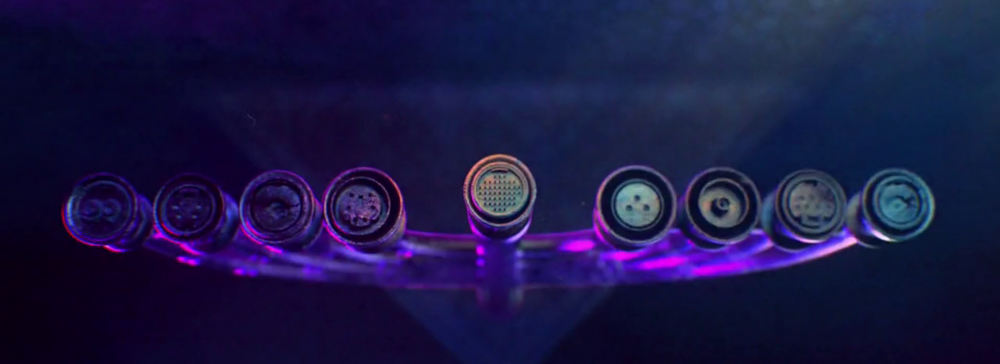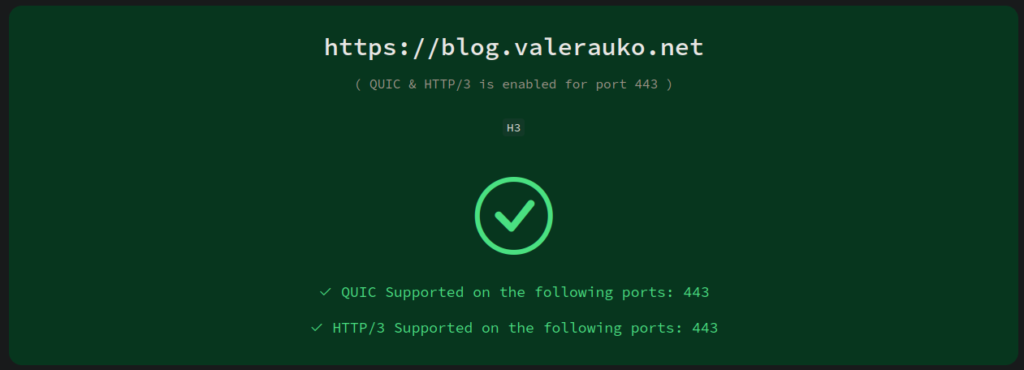Usually there was no problem. Stuff worked just fine. Certificates were generated and renewed automatically. https:// links opened without ugly browser warnings about how you’re about to get hacked and it’s the end of the known universe.
But when it wasn’t “usually”, when Traefik just happened to restart for whatever reason, then all of that was obliterated. Since Traefik was running on ephemeral storage, eg nothing was really persisted, innocently tweaking some configuration (that resulted in a restart) could be catastrophic. You know, self-signed certificates and ugly browser warnings.









